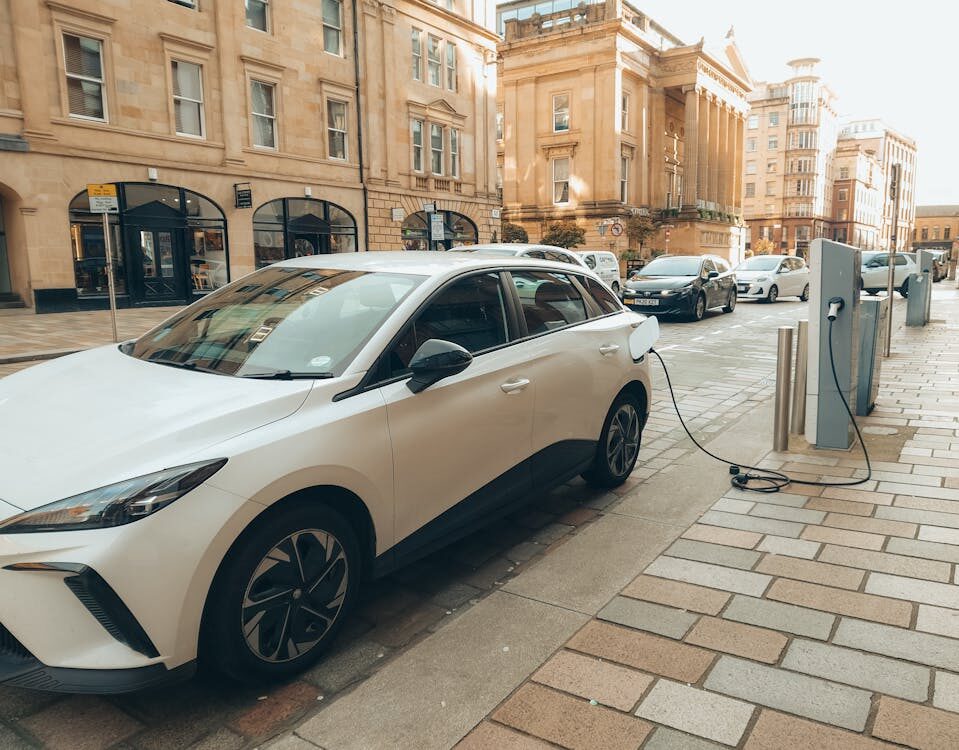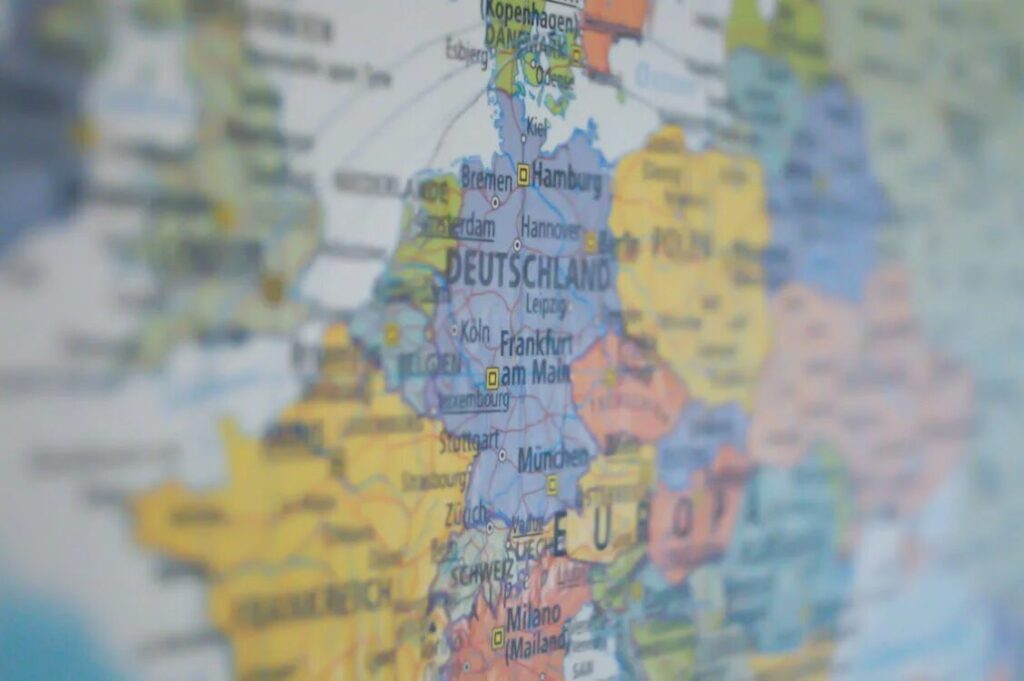The ‘PHEV Pivot’: How Chinese Cars Are Sidestepping EU Tariffs and Conquering Europe
While the European car market remains stagnant with a mere 1.3% growth in May 2025, a seismic shift is happening beneath the surface. Chinese auto brands have surged by a staggering 85%, capturing a record 5.4% market share. (Source: Dataforce)
This defies the common narrative that EU tariffs on Chinese EVs would halt their advance. So, how did they do it? The answer lies in a clever strategy, a Trojan Horse strategy, centered not on pure EVs, but on Plug-in Hybrids (PHEVs).

Reading the Numbers Like an Analyst: Beyond the Hype
European Car Market Sales Data (May 2025)
Before we get to the ‘how’, let’s look at the numbers—but with a critical eye. It’s crucial to understand the difference between percentage growth and real volume.
- MG (SAIC-owned): The established leader grew by a solid 26.6%, from 21,233 to 26,855 units. This is real, substantial growth.
- BYD: Grew by an astonishing 388.1%, from 2,782 to 13,580 units. This is a significant market entry, far beyond a low-base effect.
- Chery (900.4%) & Xpeng (350.1%): These headline-grabbing percentages are a classic example of the ‘low-base effect.’ Chery grew from just 796 cars to 7,963. The key takeaway isn’t the percentage, but the fact that these new entrants are now starting to post meaningful sales volumes.

Strategy 1: The ‘PHEV Pivot’ to Bypass Tariffs
As JATO Dynamics analyst Felipe Muñoz notes, a key reason for their success is their extensive lineup of PHEVs and hybrids. This is the core of their strategy. The EU’s steep tariffs primarily target battery electric vehicles (BEVs). By pivoting to push their PHEV models, which face lower tariffs, Chinese brands are effectively sidestepping the EU’s main defensive wall.
The data is undeniable: Chinese brands’ PHEV sales in Europe skyrocketed by 874% in May. Instead of a head-on collision with the tariff barrier, they chose a smarter, flanking maneuver.
Strategy 2: The Unbeatable Cost Advantage
The second part of their strategy is a massive cost buffer. Analysis from UBS and Reuters reveals that intense domestic competition has honed Chinese automakers’ ability to produce cars at an extremely low cost.
This allows them to sell cars in Europe at prices vastly higher than in China—the BYD Atto 3, for instance, sells for 81% to 174% more abroad. This huge price delta creates a buffer zone that can easily absorb tariffs while still remaining price-competitive against European counterparts like Volkswagen and Renault.
But Who is Paying the Price for This Success?
This rapid rise comes at a direct cost to established players.
- Tesla: Suffered a major blow with a 27.7% drop in sales, attributed to an aging product line and CEO-related controversies.
- Japanese & Korean Brands: Saw sales decline by 7.4% and 2.2% respectively, with Hyundai and Kia feeling the pressure.
- European Automakers: Stellantis sales fell by 4.1%, and legacy brands are now scrambling. They are rushing to develop their own affordable EVs while simultaneously lobbying the EU to relax the 2035 combustion-engine ban, a clear sign of the immense pressure they are under.
Conclusion: A War of Strategy, Not Just Price
The Chinese offensive in Europe has evolved beyond a simple low-price game. It is now a sophisticated war of strategy, combining a flexible product portfolio (the PHEV pivot) with a dominant cost structure that neutralizes trade barriers.
The question now is whether the counter-attack from Volkswagen and Renault with their own budget EVs will be enough to turn the tide. Or are we witnessing a permanent reshuffling of the European auto market? The ground is shaking, and the battle has just begun.
My AI Jazz Project:
